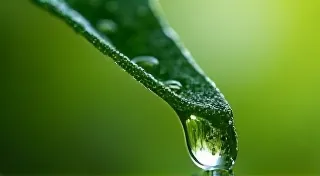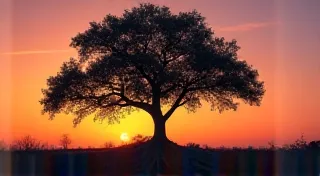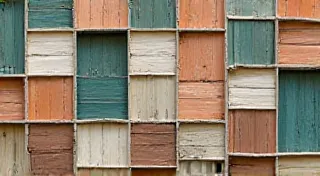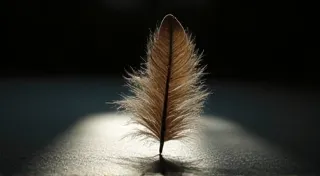The Instrument as Ritual: Exploring the Symbolic Roles in Ceremonial Practices
Music, at its core, is more than just a pleasing arrangement of sounds. It’s a language, a history book, a prayer, a celebration—woven into the very fabric of human culture. Within the realm of folk music, and particularly with traditional instruments, this connection deepens, revealing a rich tapestry where music becomes inextricably linked to ritual, ceremony, and the collective identity of a people. This article will explore how instruments transcend their purely musical function, becoming potent symbols imbued with meaning and history.
Consider the accordion, for example. Often associated with lively dances and joyous gatherings, it's easy to overlook the profound role it has played in countless ceremonies across Europe and beyond. My grandfather, a Polish immigrant, kept a battered, beautifully ornamented accordion tucked away in his workshop. It wasn't a pristine, showroom piece. It bore the marks of years – the worn bellows, the slightly faded ornamentation, a few missing keys. He rarely played it for entertainment. Instead, it appeared at family weddings, wakes, and most importantly, during the annual village feast honoring Saint Stanislaus. The music wasn't just entertainment; it was a conduit to tradition, a thread connecting generations.
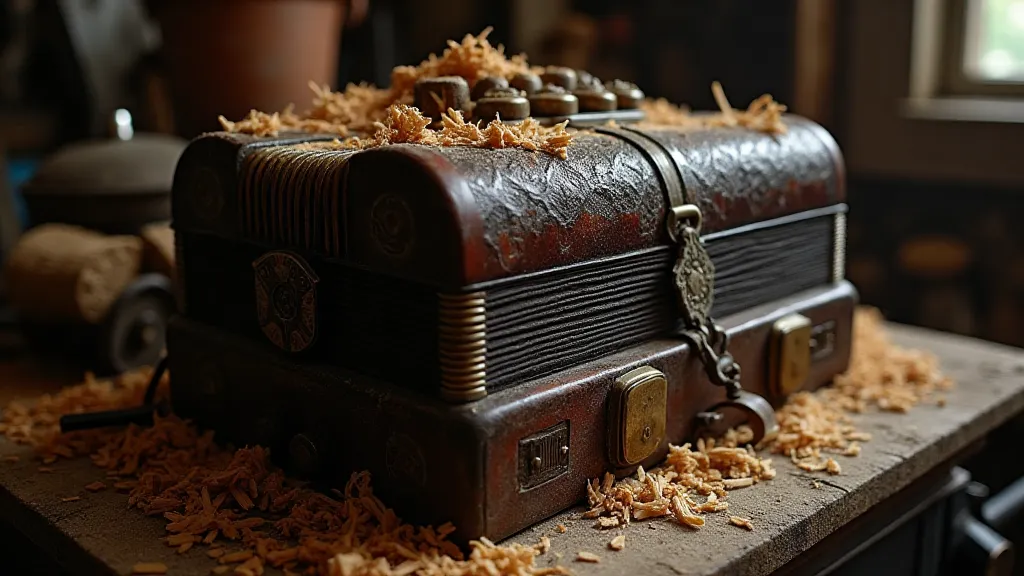
The Accordion's Dance with Divinity
The accordion, arriving relatively late in the folk music landscape (its popularity burgeoning in the 19th century), quickly absorbed the existing ceremonial significance of earlier instruments. In Poland, it often replaced the older fiddle or *cymbały* (cymbals) in many Saint's Day processions. The sound itself – the bellows’ rhythmic breath, the reedy, slightly melancholy tone – perfectly mirrored the emotions of both solemn reverence and communal joy. The physicality of playing the accordion, the pushing and pulling, the shared effort of the musician, symbolized the collective labor and shared spirit of the community.
Similar patterns emerge in other cultures. In Italy, the *fisarmonica* played a crucial role in religious processions, its sounds accompanying the prayers and carrying the solemnity of the event. In France, the accordion accompanied traditional harvest festivals, thanking the land for its bounty and petitioning for continued prosperity. Each region adapted the instrument to their specific rituals, layering their own cultural nuances and symbolic weight. These regional differences are often tied to the materials and techniques used in crafting the instruments, highlighting the importance of the maker’s skill. Understanding how the choice of wood, the type of reeds, and even the ornamentation contribute to the overall sound and symbolic meaning is key to appreciating the artistry involved. Indeed, it begs the question of how the maker's hand shapes not only the instrument but also its cultural significance – a topic explored in more detail in "The Breath of the Maker: Examining the Role of Craftsmanship in Instrument Authenticity."
Beyond the Notes: A Language of Symbols
The symbolic power of instruments isn’t limited to the accordion. Think of the bagpipes in Scotland. The drone's constant hum resonates with a sense of the eternal, mirroring the landscape’s timelessness and connecting the people to their ancestors. The bag itself, often made from sheepskin, represents the fertility of the land and the cyclical nature of life. The piercing, almost mournful sound is not always about sadness; it’s a call to remembrance, a connection to the clans and a lament for lost battles and loved ones – a sonic embodiment of Scottish history.
In Japan, the *shakuhachi*, a bamboo flute, is integral to Zen Buddhist practices. Its breathy, ethereal tones are meant to mimic the sounds of nature, fostering a meditative state and connecting the player to the universe. The instrument’s construction, often incorporating natural imperfections in the bamboo, underscores the beauty of imperfection and the acceptance of the present moment – a core tenet of Zen philosophy.
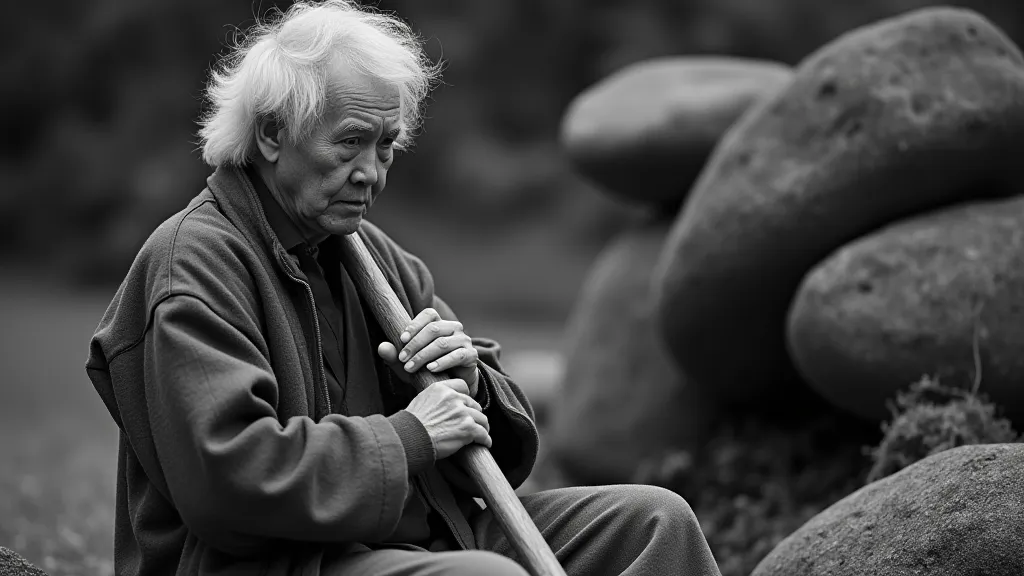
Craftsmanship as Connection
The creation of these instruments was rarely a purely mechanical process. Traditionally, instrument makers were deeply embedded within their communities, often inheriting the craft from their fathers and grandfathers. They weren’t simply assembling parts; they were creating vessels for tradition, conduits for emotion. The selection of materials – the specific type of wood, the quality of the reeds, the design of the ornamentation – all held symbolic meaning. A Polish accordion maker, for instance, might choose particular types of wood to honor specific patron saints or to incorporate symbolic representations of local flora and fauna into the instrument’s design. The maker's intimate knowledge of the wood, its acoustic properties and its cultural associations, was a crucial element in this process – a facet of instrument making that delves into the very “Voice of the Wood: Understanding the Acoustic Properties of Traditional Instrument Materials.”
The act of restoration, therefore, can be a profoundly respectful act. Carefully repairing a damaged accordion, replacing missing keys, or painstakingly recreating lost ornamentation isn't simply about preserving a piece of wood and metal; it's about preserving a piece of cultural heritage. It requires understanding not just the mechanical aspects of the instrument, but also the cultural context in which it was created and used. It's an act of honoring the craftsman’s skill and the community's traditions.
I recall helping my grandfather painstakingly repair his accordion. He's gone now, but the memory of his hands, gently cleaning the bellows, carefully oiling the reeds, and explaining the history of each part remains vivid. He wasn's simply repairing an instrument; he was passing on a legacy. He often spoke of the lineage of instrument makers in our village, tracing back generations of skilled artisans. The way families passed down their knowledge and techniques, often shrouded in tradition and oral history, speaks to the importance of generational connection and its impact on the evolution of instrument design – a subject examined further in "The Maker's Mark: Tracing the Lineage of Instrument Crafting Families." The challenges and rewards of preserving these traditions, especially in the face of modernization and changing cultural landscapes, are profound.
The decline in traditional music-making has, undoubtedly, impacted the demand for these meticulously crafted instruments, leading to a gradual loss of skills and knowledge. The influence of political upheaval and societal shifts on instrument design, reflecting both resistance and adaptation, is a complex narrative often interwoven with the broader history of a region.
The Enduring Power of Ritual
The gradual decline of traditional rituals in the modern era has, unfortunately, led to a diminishing role for many of these instruments. Yet, their symbolic power remains undeniable. Even when their use is relegated to occasional performances or museum displays, they retain the echo of centuries of tradition.
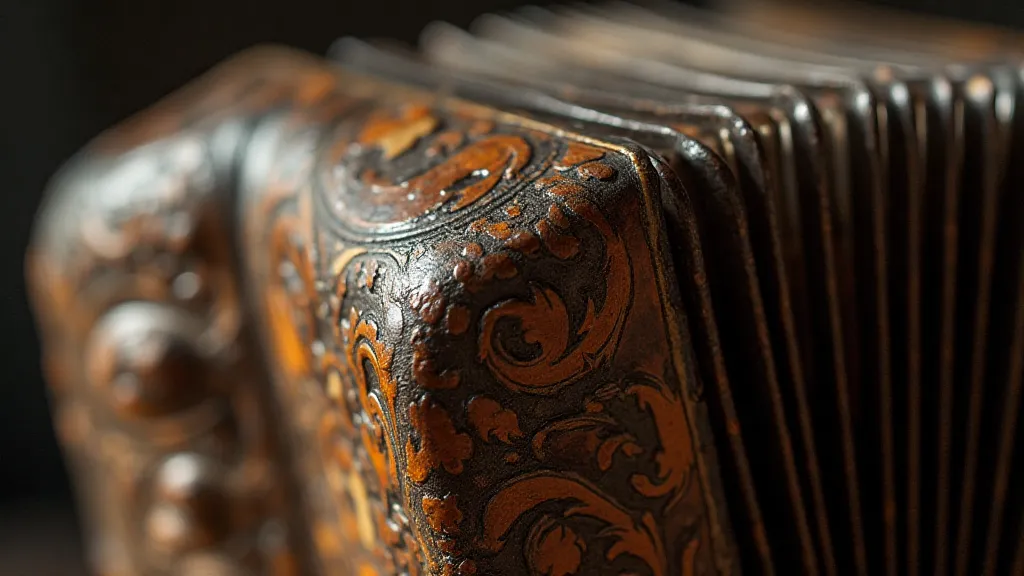
Appreciating these instruments isn't just about understanding their musical function; it’s about recognizing their deeper significance as cultural artifacts, as vessels of memory, and as tangible links to our shared human heritage. Whether it’s the mournful drone of bagpipes, the breathy tones of a shakuhachi, or the lively rhythm of an accordion, these instruments speak to us across the centuries, reminding us of the enduring power of ritual and the beauty of tradition. The stories they hold, the hands that crafted them, and the communities they represent all contribute to a rich tapestry of human expression. Their continued presence, even in altered forms, serves as a powerful reminder of the importance of preserving cultural heritage and celebrating the enduring legacy of traditional practices. The resilience of these instruments reflects the deep-seated human need for connection, meaning, and expression, transcending the boundaries of time and place.


